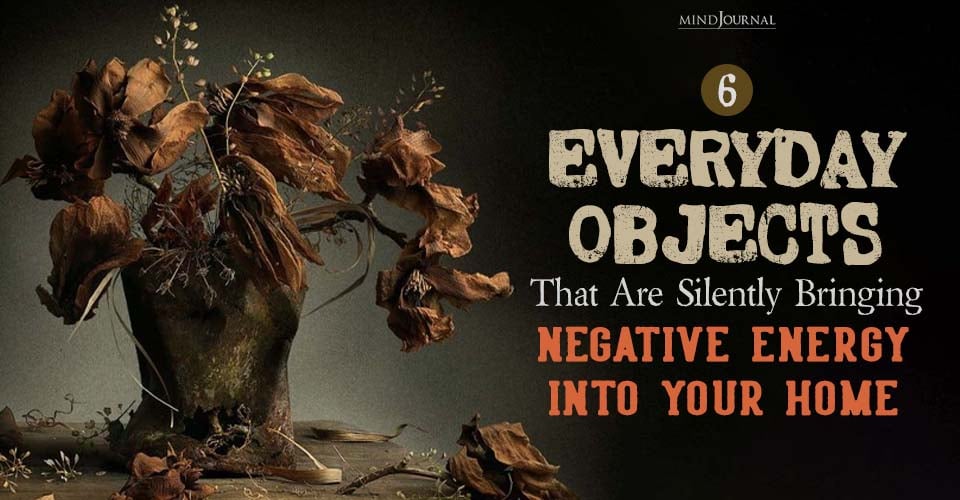The mystical world of tarot is an age-old medium of introspection and guidance. Deeply entrenched in symbolism and intuitive resonance, tarot cards have facilitated numerous souls on their personal life journeys.
While visiting a professional reader is common, the art of online tarot card reading holds a profound allure. This comprehensive guide delves into personal tarot readings that combine ritual, intuition, and self-reflection.
1. Understanding the Tarot Deck
A tarot deck is a rich tapestry of life’s myriad experiences. With 78 cards split between the Major and Minor Arcana, each card resonates with specific life situations, lessons, and themes.
Major Arcana:
These 22 cards symbolize significant life events or lessons. They represent spiritual insights and overarching themes that mark substantial phases in a person’s journey. Cards like “The Fool” signify new beginnings, while “Death” often speaks of transitions or ends.
Minor Arcana:
This segment of 56 cards dives into the day-to-day aspects of our lives. Split across four suits – Cups, Pentacles, Swords, and Wands – they touch upon emotions, the material world, thoughts, and actions, respectively.
For effective self-reading, an intimate understanding of each card is essential. Therefore, engage with your deck daily, meditate with different cards, and absorb their energy and meanings.
2. Preparing Your Mind and Environment
Creating an environment that promotes tranquility and introspection is the bedrock of a fruitful tarot reading. In this step, you need to prepare both the physical and mental space.
Physical Space: Cleanse and declutter your chosen area. Some enthusiasts prefer adding crystals or lighting candles to enhance energy. A cloth, especially silk, can serve as the base for your card spread, ensuring the cards remain clean and energetically insulated.
Emotional and Mental Space: Begin with grounding exercises or meditations. This not only helps in clearing any energetic blockages but also sharpens your intuitive abilities. Anchor yourself in the present moment. Let your breathing become the bridge between the conscious and the subconscious realms.
With your space set, approach the reading with an open heart and a clear intention.
3. Framing the Right Questions
The art of questioning in the tarot is paramount. The more precise your questions, the clearer the guidance.
Instead of rigid yes-no queries, let your questions breathe. For instance, “What energies should I focus on today?” or “How can I navigate this challenge more effectively?”
In the case when looking at the bigger picture, frame questions like, “What themes should I be aware of this year?”
Remember, the tarot is a tool for introspective guidance. It doesn’t predict the future but sheds light on possible pathways based on current energies.
4. Choosing Your Spread
The layout or spread you choose serves as a roadmap for your reading. It structures the narrative the cards are set to reveal. For example:
Simple Spreads: One-card draws are potent for daily insights or singular questions. Three-card spreads representing past, present, and future delve a little deeper, providing a concise overview.
Complex Spreads: The Celtic Cross, an elaborate ten-card layout, is perfect for multifaceted inquiries. It delves into reasons behind a situation, potential challenges, outcomes, and more.
Experiment with different spreads.
Over time, you can craft your own layouts that resonate more deeply with your personal queries.
5. Trusting Your Intuition
While tarot guidebooks offer insightful interpretations, your intuition remains the most powerful tool.
Sometimes, a card evokes a particular emotion or recalls a memory. Therefore, trust that feeling; it’s your intuition speaking.
Moreover, a card depicting solitude doesn’t always mean physical loneliness. It might signify a period of introspection or self-reliance.
So always stay receptive and open. With practice, you’ll find your intuitive prowess amplifying, offering richer insights during readings.
6. Interpreting the Cards
Interpretation is where the magic truly unfolds. Begin by understanding each card’s standalone message in the context of your question. Also, consider the interlinking narratives: How do the cards interact? Do they seem to paint a harmonious picture or suggest challenges?
Thus, the symbiotic dance between cards can shed light on underlying themes, tensions, or harmonies that weren’t apparent at first glance.
7. Keeping a Tarot Journal
A tarot journal is a mirror of your intuitive evolution. Document every reading, capturing the date, question, drawn cards, and your reflections.
Over time, this practice reveals Patterns – you might discern certain cards reappearing, signifying recurring themes or messages from the universe.
It also tracks Growth. As you revisit past readings, you’ll notice the maturing of your interpretations, showcasing your growth as a reader.
8. Continuous Learning
Tarot is a lifelong journey – Yes or No? Therefore, apart from personal readings, engage with the global tarot community. For example – attend workshops, read books, and partake in online forums.
Such engagements not only refine your skills but also expose you to varied interpretations and practices.
Conclusion
Self-tarot reading is like a dance of intuition, symbolism, and introspection. While the cards offer guidance, your intuition, and discernment paint the complete picture. Through preparation, effective questioning, and continuous learning, you evolve as a tarot reader and an individual.
In essence, a tarot serves as both a mirror and a compass, reflecting your inner world while illuminating potential pathways. Hence, embrace this ancient art with reverence and curiosity, and let it guide you toward deeper self-awareness and understanding.












Leave a Reply